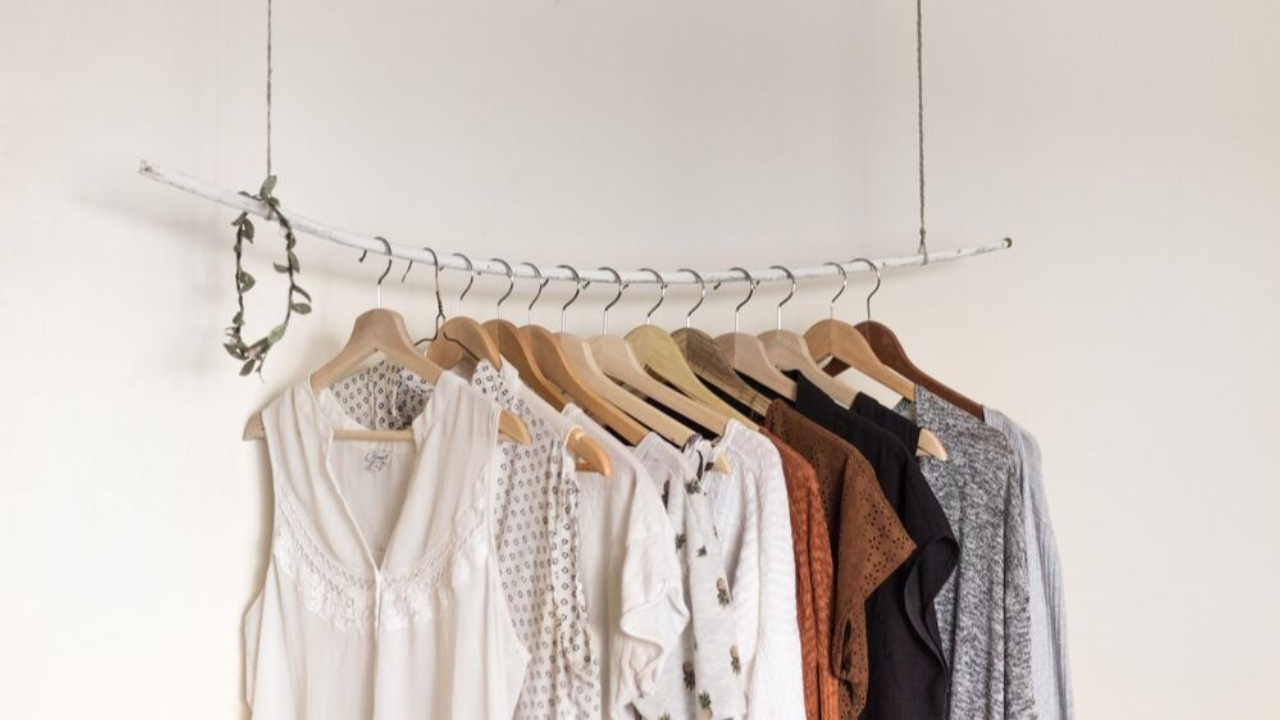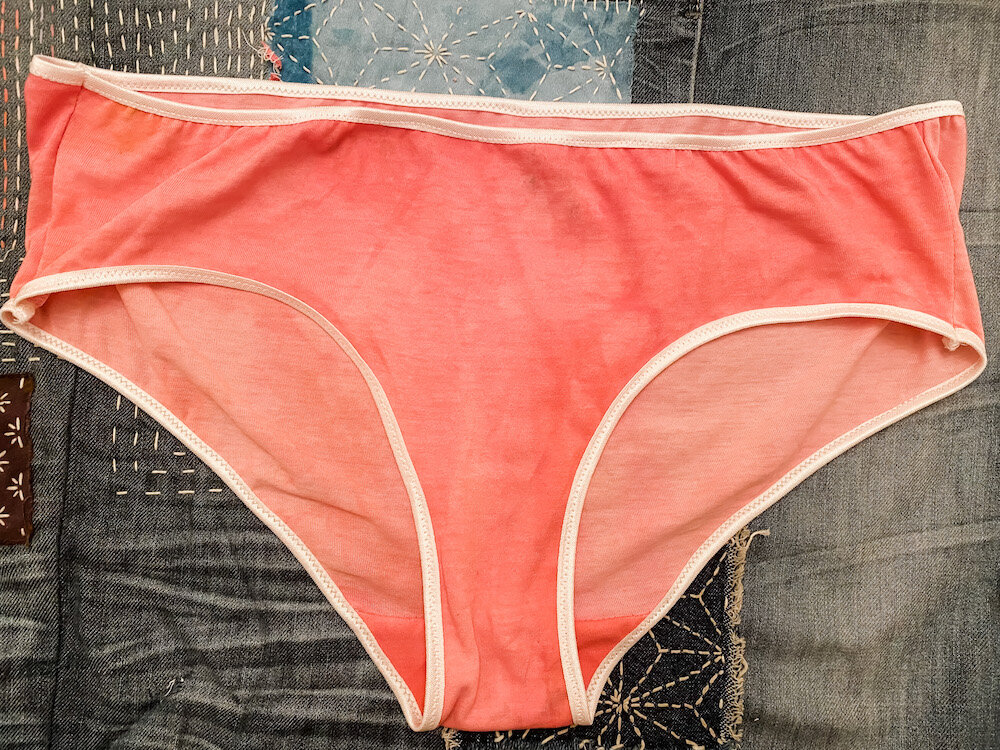Is Marie Kondo really the solution to our overfilled wardrobes?
Mar 05, 2021
By now I'm pretty sure you have heard of Marie Kondo. Some of you may have read her book ‘The Life-Changing Magic of Tidying Up’ and some of you may have also seen her series on Netflix ‘Tidying Up with Marie Kondo’ where she goes into people's homes and assists them to apply her method of tidying up.
This involves 6 main categories and one that gets most attention is our wardrobe. She suggests the best way to do it is to gather all of your clothes from all over the house, and put them on the bed so that you can look at them objectively so that you can start sorting them into categories to keep, and categories to give away.
In the television series the participants end up with an enormous pile of clothes on their bed, and inevitably they end up with large garbage bags filled with clothes to donate or give away.
The participants feel a mixture of achievement for having tidying up their home, and of generosity by donating the clothes they no longer need.
And whilst Marie Kondo is raising our awareness on the magic of tidying up, and the positive health benefits it has on our psyche that a clean and organised space can provide, it is the solution to the problem. But it doesn't address the cause of our problem.
“Quite often we buy things because of a desire to fill a need. Marketing tells us from a very early age that we are never enough, but if we had the right colour lipstick, the right hair, the right clothes and the right ‘stuff’ we would fulfil this desire. So we buy in an attempt to fill this void of ‘never enough-ness’. Sometimes we buy clothes out of boredom, sometimes it’s to make us feel better, and sometimes out of need. And these days fast fashion is so cheap. So why not??”
We have been conditioned to think we need to have a new wardrobe for every season, and that it is incredibly unfashionable to be sporting last year’s designs. But how often have we bought something that we thought would make us look great, only to leave it in the closet or wear it once and feel silly? I know I have bought things many times like this. This kind of wishful shopping wasted a lot of my precious money and resources.
So whilst we might have a tidy wardrobe for a little while, does it actually last and fix all our problems? Or do we continue our purchasing behaviour in order to fill our desires? Generally the Marie Kondo is a band aid fix to a deeper problem. And it's not until we realise this that we can have a tidier wardrobe (and other areas of our lives).
I first read a blog post about this on Gaia and Dubbos, a Canadian clothing company that sells exquisitely sustainable clothes and it got me thinking about our problem of over consumption. She talks about how we need to address our behaviour as consumers and she recommends we embrace compassion towards ourselves by letting go of the need to be trendy, beautiful and perfect. Leonie found meditation helped her with this, along with setting herself some rules or boundaries when it came to shopping. Its a beautiful episode and if you have a spare 17 minutes I would recommend you listen to it.
If you would like to listen to the entire episode click here >>
I then started reading about how many op shops and thrift stores were being inundated with clothing in response to the Marie Kondo effect. Just google ‘the marie kondo effect’ and you will find many articles about this.
“But did you know that 15% of clothing donated actually makes it back onto the shelves for resale? The rest is thrown away because it is either too poorly made, or is not in good enough condition to actually resell.”
This got me thinking that these days I don't actually want to throw anything away, if I can help it.
Instead I am:
-
Asking friends if they would like to have it,
-
Doing a clothes swap
-
Thinking of other options to reuse it.
For example, Mr Zen likes to wear a tshirt under his shirts to work. After a while, the fabric loses its elasticity and becomes thin. These can no longer be resold in a thrift store, but they can be used for a number of different uses.
-
They could be cut up and used as cleaning rags.
-
Used as stuffing for handmade kids toys
-
Turned into a rag rug
 My first attempt of making underwear from recycled t-shirts
My first attempt of making underwear from recycled t-shirts
So, if we put our minds to it, we can actually come up with a lot of uses for our old clothes that mean that they get reused rather than ending up in the trash.
When we are left with a curated wardrobe, we instinctively respect the items a little more and put them away properly.
It still requires a bit of discipline to keep our spaces tidy, but with careful consideration and a little bit of time, we can have a clean and organised house that is environmentally responsible.
The biggest take away from Marie Kondo is gratitude, she offers thanks to the house and also the items that are being given away.
If you would like to treat your treasured clothes with respect by mending them, click here to download the Ultimate Sashiko Guide to getting started >>

